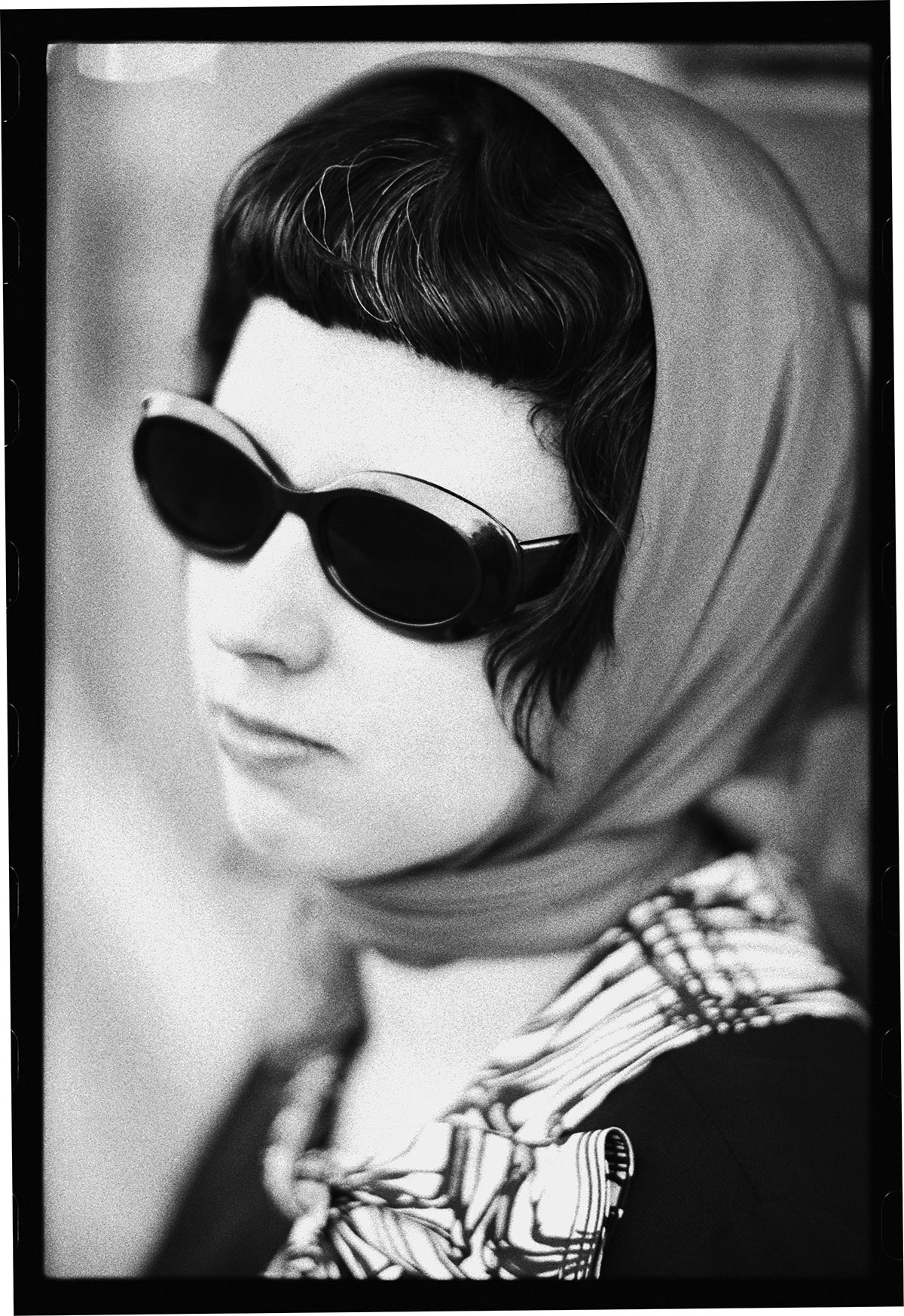
The author Emily Schultz, 2003.
Even the most relaxed, easygoing subject can become on guard or self-conscious when face to face with an inquisitive reporter or a camera lens. Alfred Holden and the photographer Phillip Smith both knew this in 2004, when they arrived at the Annex home of Jane Jacobs to interview and photograph the urban thinker for this magazine.
“Phillip knows to make small talk before you get to work,” Holden recalled recently. “He had this fantastic-looking camera”—a Calumet four by five, for the record—“and Jacobs asked about it. He was delighted and told her a friend found it in the trash somewhere in New York City. It was a great ice breaker, and it helped me—I didn’t have to do the ice breaking.”
Taddle Creek’s budget in 1997 didn’t allow for original cover art or even, as the overall greyness of its first issue shows, so much as a single illustration (that began to change, slowly, with issue No. 2). The one thing the magazine insisted on from Day 1, however, was shooting its own portraits of profile subjects—no provided headshots or promotional photos—and that has remained the case for twenty-five years. The result is a quarter-century document of an eclectic group of noted and lesser-known writers, musicians, and artists. (A selection of these photos was displayed from June 1 to 30 at the Jet Fuel Coffee Shop, in Toronto.)
When Smith joined the magazine as its in-house photographer, in 1999, following the departure of the founding photo editor Aaron Hawco, he had recently given up his Toronto-based photography studio to move into the then young field of designing and building Web sites. This allowed him to pull double duty and also create the first version of Taddle Creek’s Web site and its e-newsletter. (If you’ve ever attended one of the magazine’s backyard-barbecue-and-free-beer summer launches, that was his idea too.) Today, Smith is the director of the Google News Initiative Startups Boot Camp, providing coaching to early stage news and information startups. “I always had an appreciation of portrait photography,” he said recently. “I tried to find a unique way of putting people at ease, to find the rawest version of that person and try to capture it on film.”
Smith was succeeded, in 2005, by Mark Lyall a graphic designer who continues to enjoy his life-long love of photography. (Two other photographers, Dina Goldstein and Richmond Lam, have stepped in over the years to shoot subjects in Vancouver and Montreal, respectively.)
Since 2008, Taddle Creek’s in-house photos have been taken by Thomas Blanchard, a freelance photographer, a sessional instructor at the School of Image Arts, at Ryerson University, and an installation-based artist. Under his direction, the magazine’s profile photography has transformed from its early straight portrait style to more staged productions. (Two of Blanchard’s shoots for Taddle Creek were nominated for National Magazine Awards.) Like his predecessors, Blanchard knows the key to a successful shoot is making your subject comfortable. “I like to have a little background on people ahead of time, then I like to create a rapport and talk to them for a bit,” he said. “I have to know something about them. I try and keep it in the creative zone of what they do. I definitely don’t like to just show up and shoot.”
Twenty-five years in, what started as a small point of pride is now a collection to be proud of.
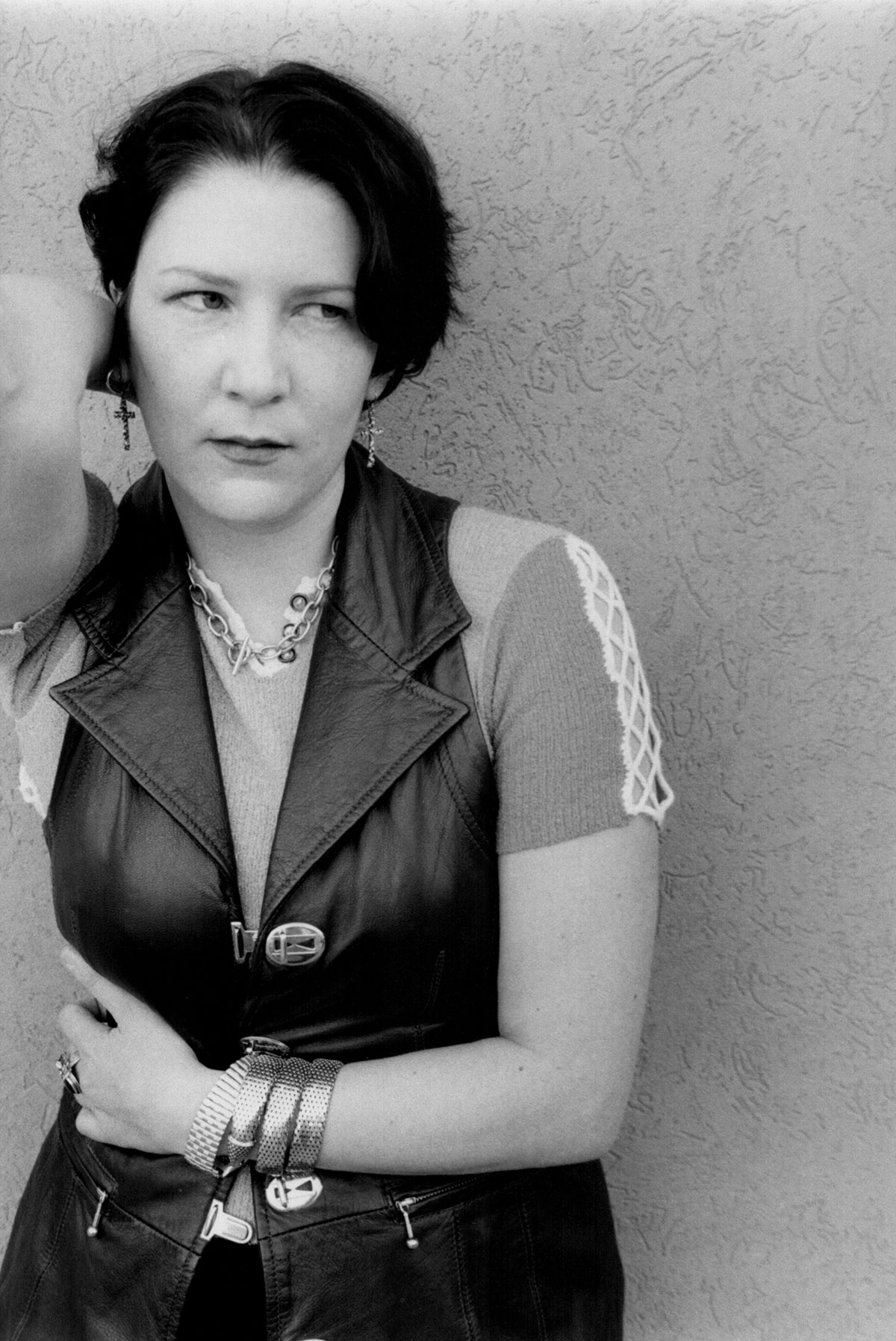
The author Lynn Crosbie, 1997.
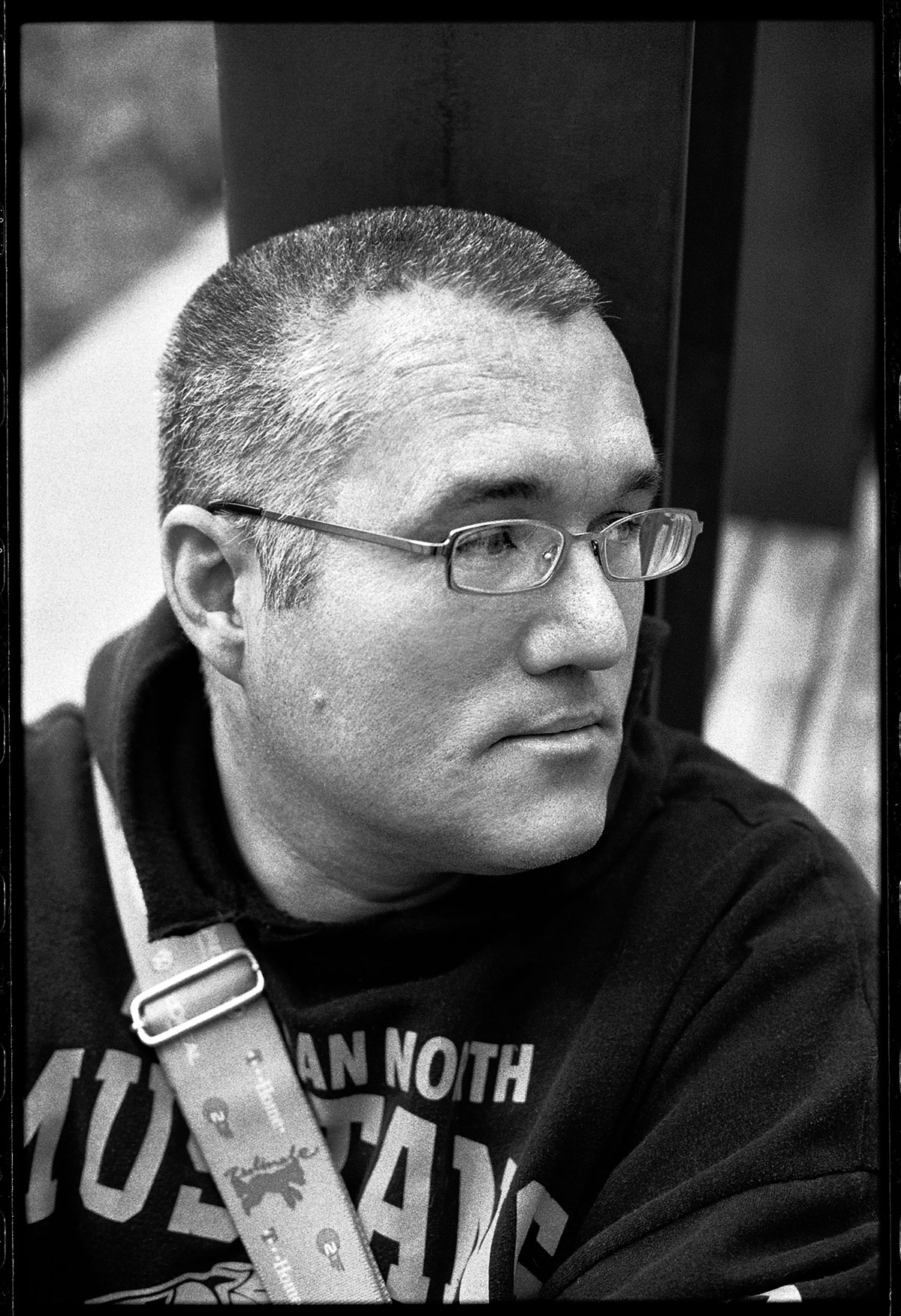
The writer and artist R. M. Vaughan, 2008.
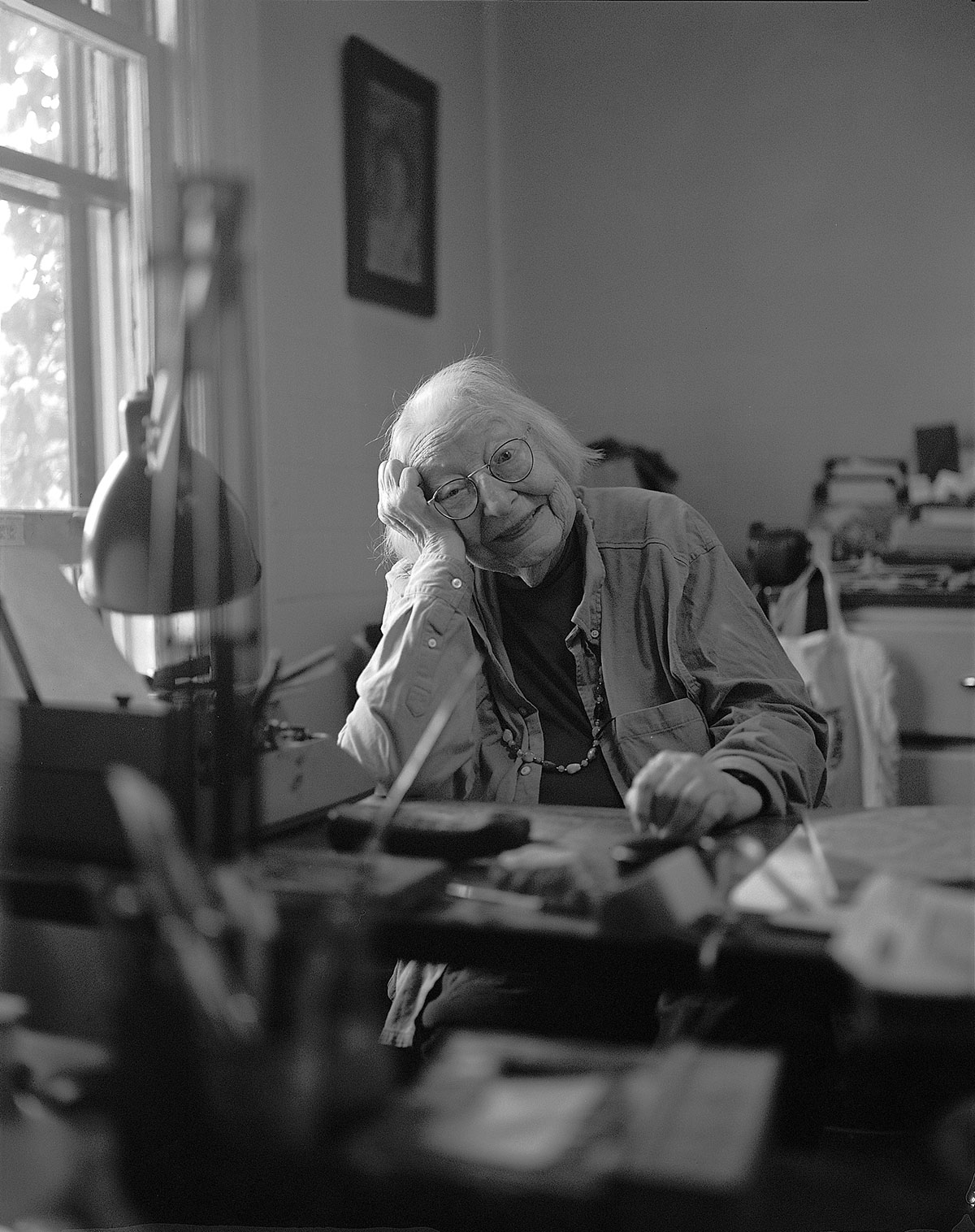
The author, theorist, and activist Jane Jacobs, 2004.
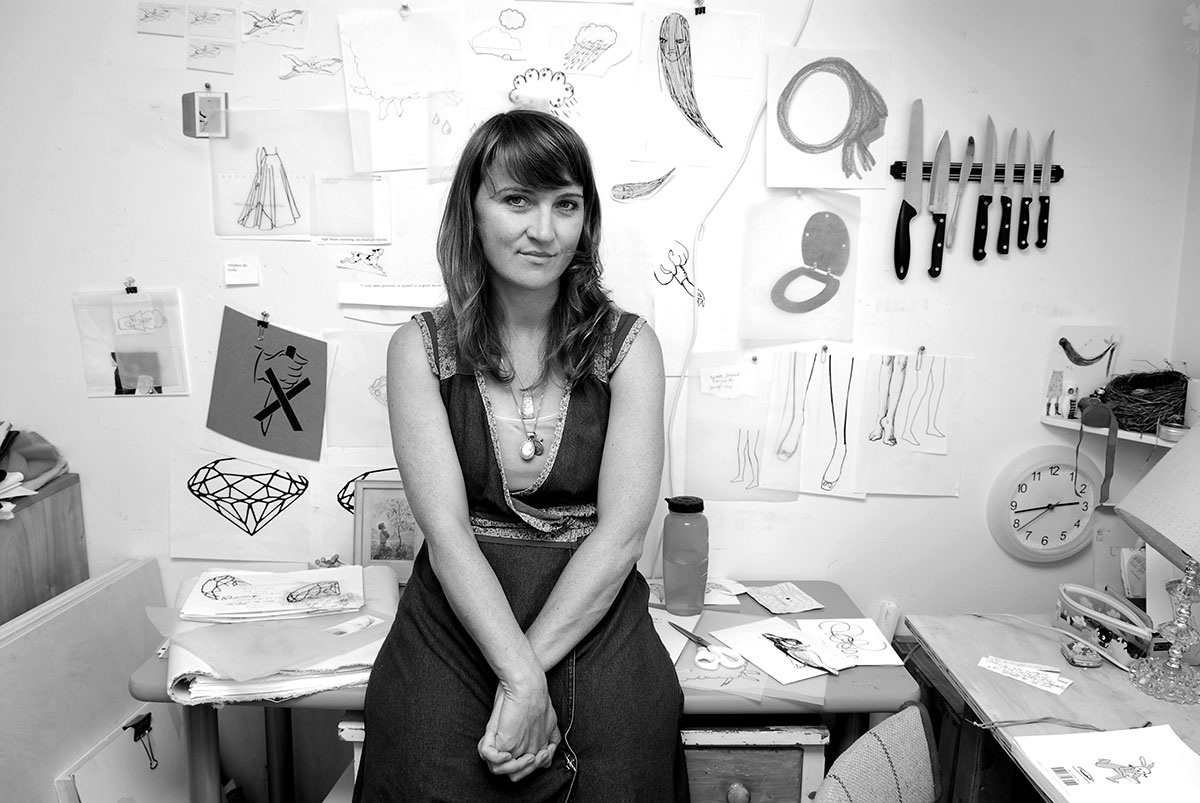
The author and artist Sonja Ahlers, 2006.
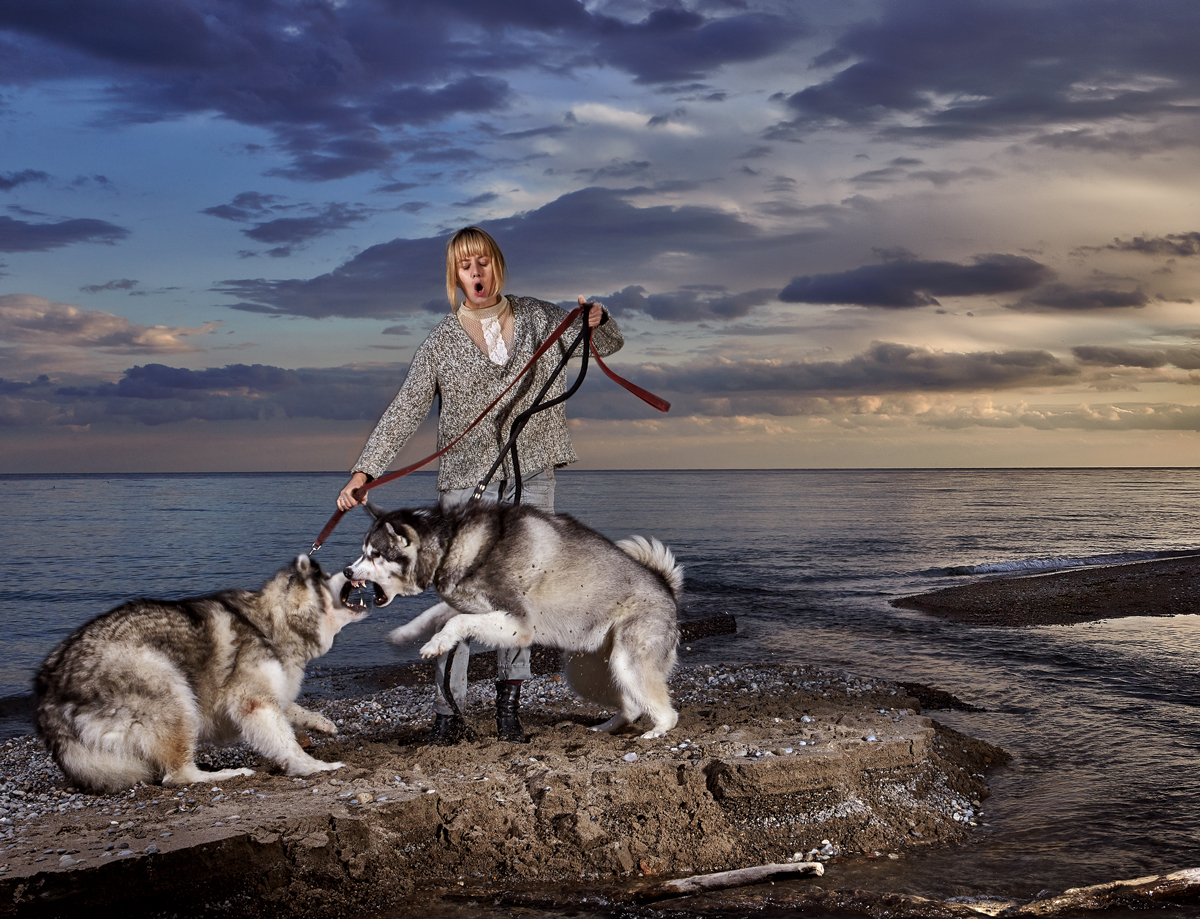
The author Alexandra Leggat, 2016.
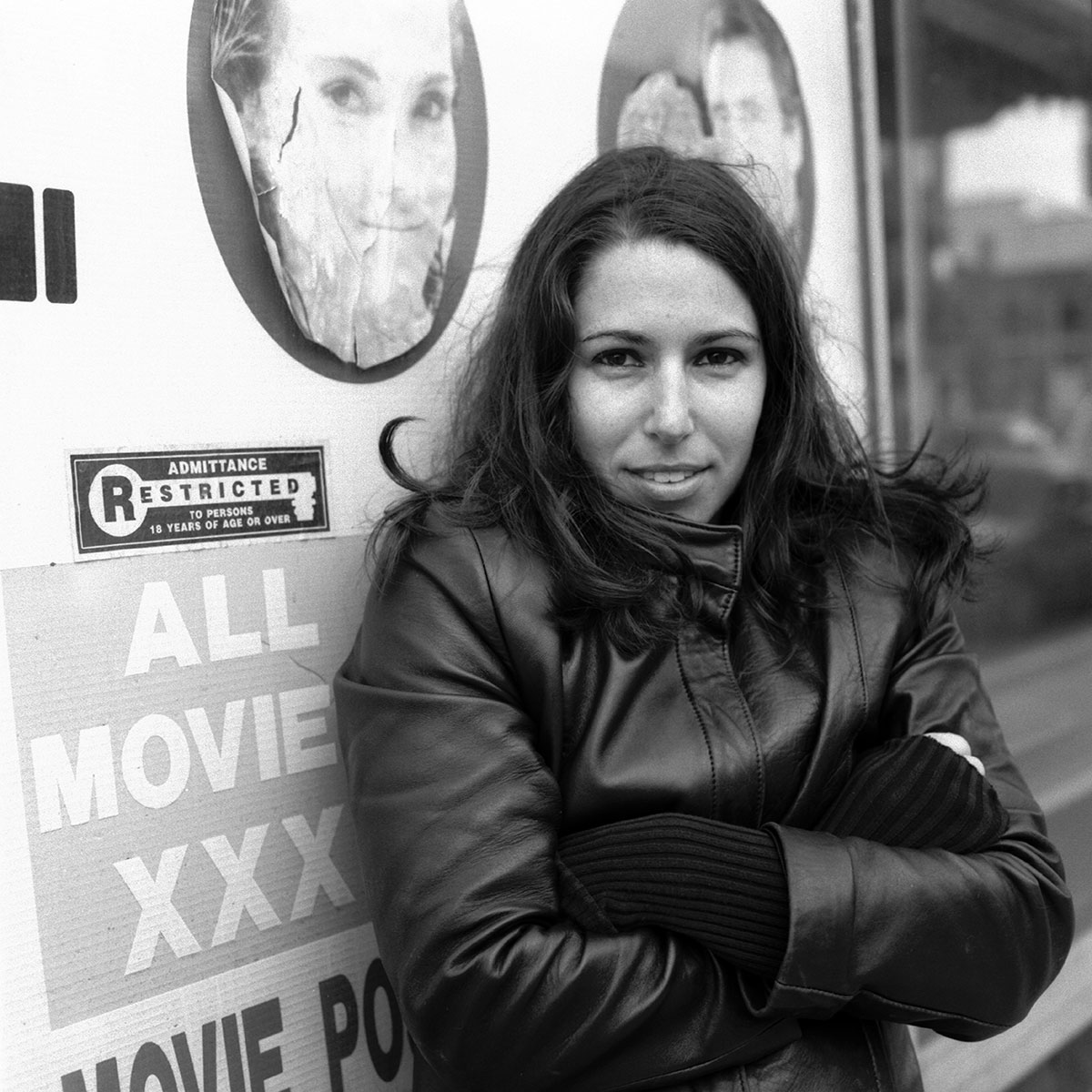
The author Tamara Faith Berger, 2001.
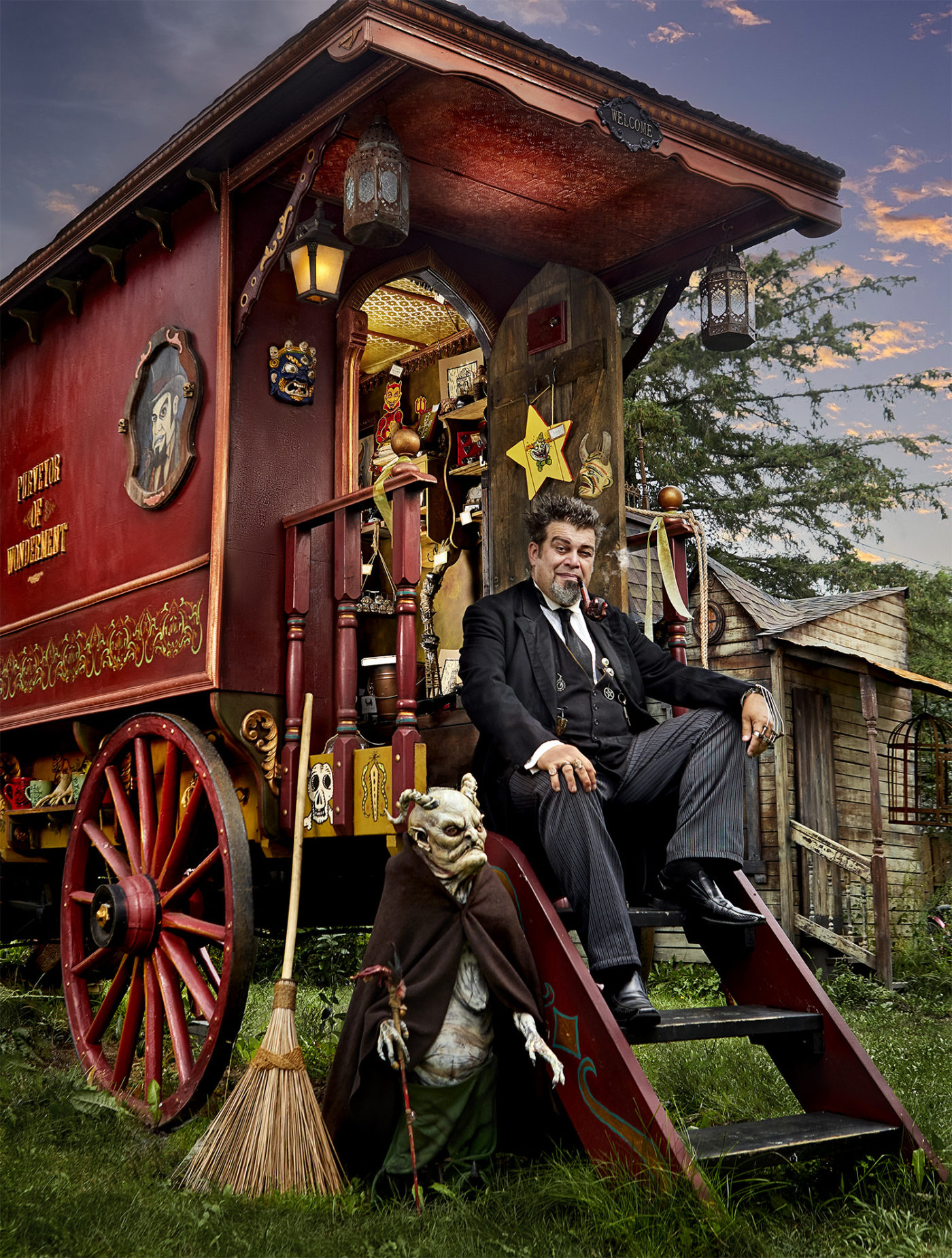
The performer Scott McClelland, 2021.
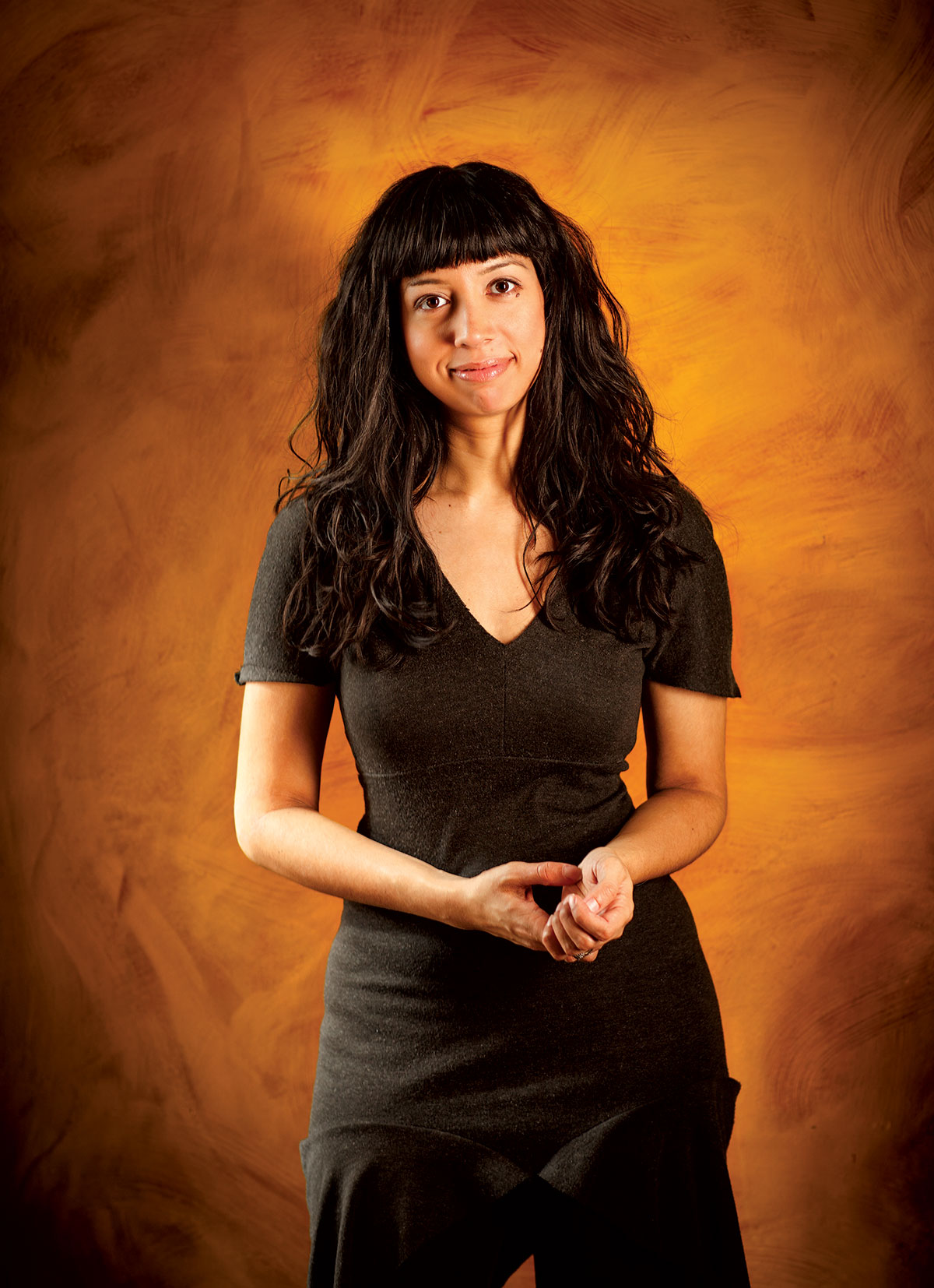
The author Saleema Nawaz, 2013.